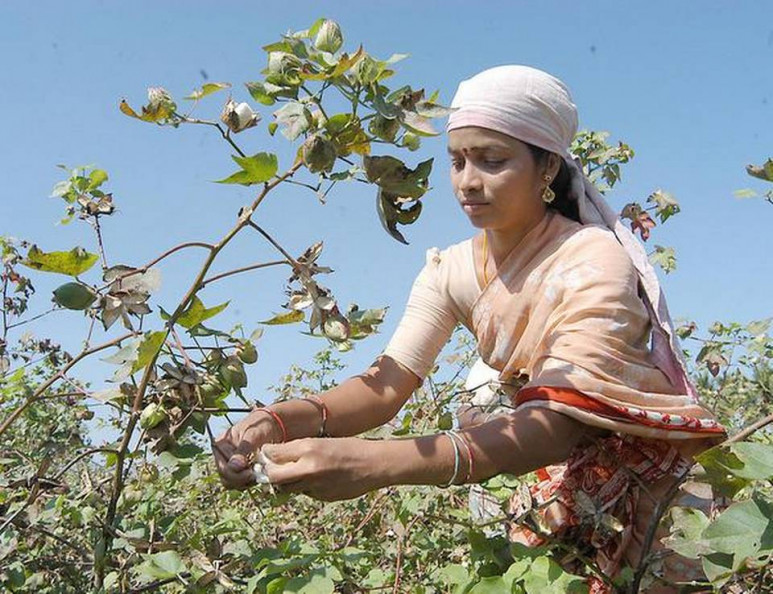Record low production twinned with a sharp surge in domestic demand may see India turn into a net cotton importer in FY23 from being one of the largest exporters. “This is the first year when cotton production fell by 20% and cotton consumption increased by 30%. The major cause of the decrease in production was weather and pests. Last year the carry-over stock was lower in comparison to the last five-year average," said Manish Daga, managing director of Cotton Guru, which helps farmers in the production process.
The projection of production this year has come down to 31.5 million bales while consumption is of 34.5 million bales. It is expected that India may have to import nearly 1.5 million bales this year, he said.
The commerce and industry ministry in response to Mint’s queries said that “surplus availability of cotton in the country is expected to be 39.37 lakh bales, based on estimated import of 15 lakh bales and export at 42 lakh bales. Thus, there seem to be adequate availability of cotton in India."
“During last five years 90% cotton used by Industry is domestically produced and only about 5% to 10% of cotton has been imported from Egypt, Sudan, USA and other origins, largely of varieties not produced/ produced less in India such as Extra Long Staple Cotton and contamination free cotton. Besides this some imports were due to competitive prices," the ministry said.
“India has been the largest producer and exporter of cotton for quite some time now. But of late, chances are that we will become a net importer of cotton from being a net exporter. The reason is that while cotton production and productivity have not increased, cotton consumption is rising," textiles secretary UP Singh said in a press conference on Sunday.
He said that India used to have 5 to 6 million bales in surplus but that the surplus has been falling. Indian industry had a 10% price advantage as far as cotton was concerned, which is no longer there because consumption would outstrip production and in the “very near future", Singh added.
The ministry of commerce and industry in its response said, “As per COCPC meeting dated 1 July, current cotton season 2021-22 commenced with an estimated carry over stock of 71.84 lakh (7.1mn) bales. Thus, with estimated production of 315.43 lakh (31.5mn) bales, the total availability of cotton without considering imports is, 387.27 lakh (38.7mn) bales as against estimated consumption of 321 lakh (32mn) bales."
“As already informed, India is a net cotton surplus country wherein availability of cotton is more than consumption. Besides this, Government of India is taking various measures to increase the current productivity and quality of cotton in the country. Realizing the need for achieving a special place for Indian cotton in the international arena and to ensure production of assured quality bales, brand name for Indian cotton has been launched as “KASTURI COTTON INDIA" to attain the objective of making India Atmanirbhar and vocal for local in the field of cotton," the ministry said.
The ministry of commerce and industry spokesperson said that a Textile Advisory Group (TAG) has been constituted as an informal body to deliberate and recommend on the issues pertaining to the entire cotton value chain and added, “ With all these interventions, I am sure that in the years to come, India shall be the largest player to fulfil all raw material requirement of the world textile supply chain."
A spokesperson for textiles ministry asked Mint to refer to the response provided by the ministry of commerce and industry.
Cotton production has stagnated because of a lack of new seeds and modern irrigation facilities, and frequent pest attacks and diseases. Demand spiked as domestic and international markets began opening up following the covid-19 pandemic.


